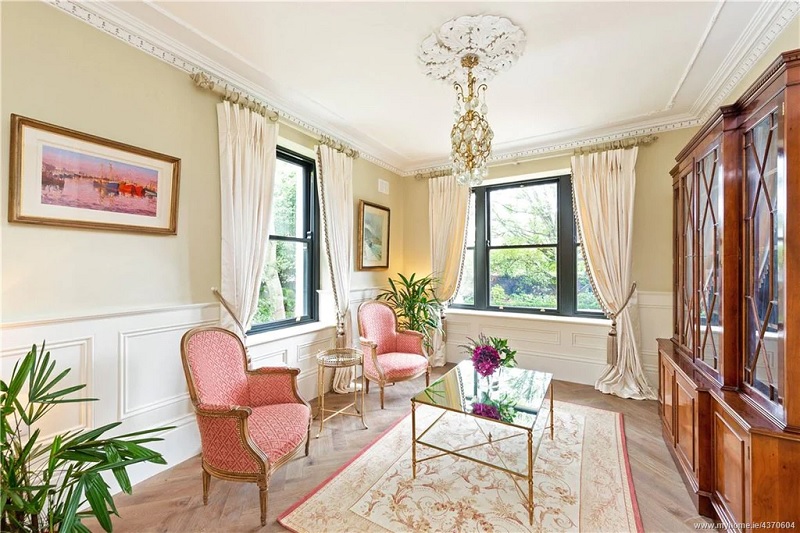Considerations When Selecting A Cornice or Coving for A House

Making those crucial finishing touches may make a tremendous difference in your house’s interior and exterior. Every element must be considered and accomplished to obtain the desired finish, and many people would agree that coving and ornate cornices are two of the greatest options to consider. Coving is the term given to the simple mould used for ornamentation, covering the gap between ceilings and walls where cracks are common, and is usually of regular size. A cornice is similar to coving but more ornate, with designs engraved into the moulding and varied projection/drop proportions. Choosing the right coving/cornice for your home can be difficult at times, but just considering the few aspects described below will help make the process lot more pleasant.
-
Ceiling Height
The ceiling height is a crucial factor when choosing a cornice or coving. While there are no hard and fast laws about cornice size, selecting a ceiling cornice that is too tiny or too large for your space might throw off the dimensions of your design; therefore, it is critical to determine your ceiling height before selecting a cornice or coving that is appropriate for your area. For instance, if your ceiling height is 2.4m, you should seek a cornice with a projection of 75mm-130mm along the ceiling and a depth of 75mm-130mm along the wall.
-
Room Size
When choosing a cornice or coving, keep the space size in mind. Smaller cornices or coving are recommended if you have a tiny lobby or office with a normal-height ceiling because something too enormous would make the place feel claustrophobic. Rather than improving your area, a huge cornice will make it feel smaller and visibly lower the ceiling. If you possess a low ceiling but a vast space, try a cornice with greater projection along the ceiling and less down along the wall to complement the existing proportions of the space and provide you with the feature you want without lowering your ceiling.
-
A Room’s Overall Design
It might be useful to consider the age of the house you are trying to decorate while not forgetting that you ought always to choose something you enjoy. Is it a traditional building or a contemporary house or office? Is it a new construction to which you want to add some historical aspects? In general, a plain cornice is more contemporary, whereas a cornice with ornamental elements like egg & darts or grape & vine patterns is more traditional. However, this guideline has been disregarded so frequently that it hardly counts anymore. The essential thing to remember when choosing a cornice or coving is how it will look and feel in relation to your project.
You may transform a plain and boring room into a visually appealing space by installing a striking ceiling cornice or coving. As an extra benefit, this will increase the value of your home. However, to choose the best items for your needs, you must always be vigilant in your selection process.